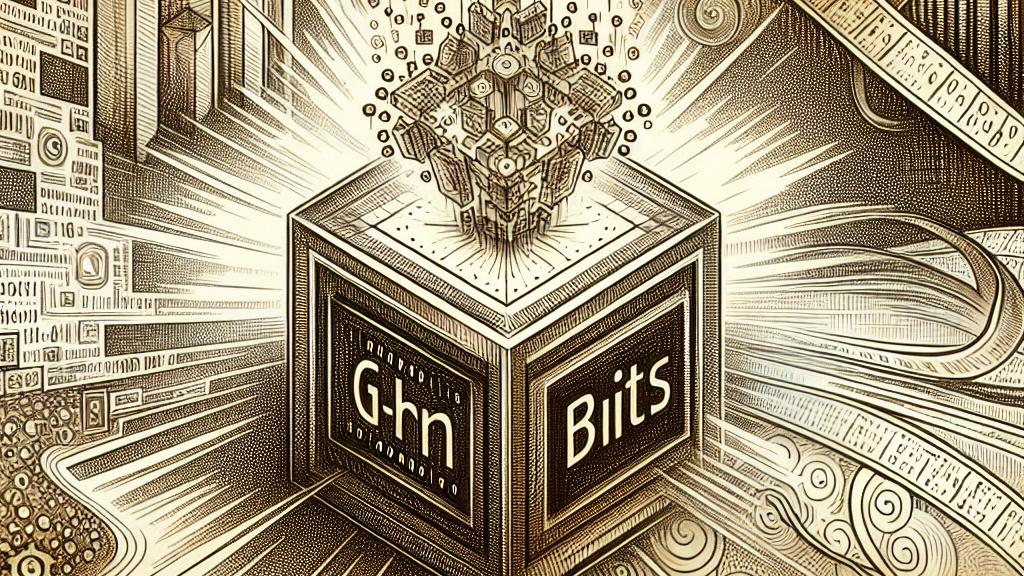Unlocking Energy Efficiency in AI with Spintronics Innovations
Overview
- Revolutionary Gaussian probabilistic bits (g-bits) redefine the efficiency landscape of probabilistic computing.
- Innovative spintronics platforms prove essential for powering energy-efficient generative AI technologies.
- Recent breakthroughs unlock exciting applications in optimization tasks and enhance the capabilities of generative AI.

Emergence of Spintronics in Computing
In a groundbreaking collaboration, researchers at Tohoku University in Japan have joined forces with the University of California, Santa Barbara to push the boundaries of computing technologies. They are transforming the field by developing spintronics platforms that leverage revolutionary Gaussian probabilistic bits (g-bits). This move away from traditional binary systems isn’t merely a shift in numbers; it's a complete reimagining of how information is processed. Imagine tackling complex optimization problems, like routing for logistics companies—g-bits provide a powerful solution by allowing for more efficient computations. As Moore's Law begins to wane, technologies like these offer exciting prospects for the future, unlocking new dimensions in computational capabilities.
Enhancing Generative AI with g-bits
Generative AI, with its jaw-dropping ability to create convincing images, music, and text, often comes with hefty computational demands. However, integrating g-bits into systems can significantly ease this burden. For example, consider the Gaussian-Bernoulli Boltzmann Machine, which can now operate more efficiently—performing complex tasks in mere seconds instead of enduring energy-draining processes that can take minutes or even hours. This efficiency not only accelerates output but enables applications across diverse sectors, from film production, where stunning visual effects are generated rapidly, to healthcare, where faster analysis of complex medical data can lead to quicker diagnoses and treatments. With advancements like these, we are not just enhancing AI but reshaping industries for the better.
Future Prospects of Spintronics and AI
Peeking into the future, the prospects of spintronics appear exceedingly promising. Imagine a world where our devices not only perform at lightning speed but also consume minimal energy in the process—this isn’t just wishful thinking, but rather an achievable reality. As research into spintronic logic continues to flourish, we can anticipate groundbreaking applications in domains like finance, where portfolio optimization models could become significantly more refined. Furthermore, scientific computing will also benefit from these advancements, potentially leading to more efficient data analysis methodologies. Ultimately, the combination of advanced materials science and cutting-edge computational techniques heralds a new era where AI becomes not only smarter but also more sustainable, ultimately fostering a greener technological landscape for generations to come.

Loading...